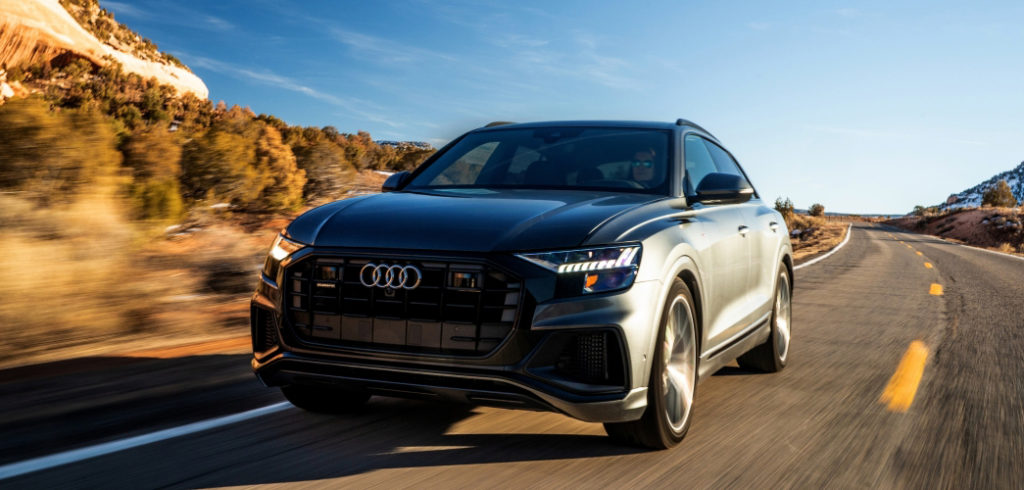Audi is working with the Virginia Department of Transportation (VDOT) and Qualcomm Technologies to bring cellular vehicle-to-everything (C-V2X) to the state’s roads.
Deploying C-V2X on Virginia’s roads will employ advanced wireless communications to improve vehicle safety by using the same portion of the 5.9GHz band that the Federal Communications Commission (FCC) has proposed to allocate for C-V2X.
In line with the Federal Department of Transportation’s plans to establish a First Responder Safety Pilot Program, combined efforts are designed to improve safety for both construction workers and motorists.
The system is expected to be deployed on select roads from the third quarter of 2020.
Basic C-V2X will deliver workzone warnings on highways and signal timing information on approaches to intersections of arterial roads.
In both cases, C-V2X can help deliver critical safety messages between vehicles and infrastructure, while less time-sensitive alerts are designed to be provided via C-V2X using the cellular network.
Workzone warnings feature a Qualcomm 9150 C-V2X chipset via an in-vehicle display in the Audi Q8 designed to deliver a graduated warning, with the last being a warning to drivers of the workers’ physical presence.
On arterial roads, the signal phase and timing from a traffic signal will be transmitted via the chip to the car.
Audi Q8s have the Audi Traffic Light Information (TLI) service that can provide drivers a countdown to the green light.
C-V2X from the traffic signal can also provide direct information to the car, which will be used by the TLI system to fine-tune the countdown information of the signal phase and timing.
Cathy McGhee, Virginia’s director of transportation research and innovation, said, “The inclusion of shorter-range, direct communication in the 5.9GHz band using C-V2X is exciting, as it can allow us to evaluate this emerging communication option for essential and practical safety and mobility services, including saving the lives of maintenance and construction personnel in workzones.”
Anupam Malhotra, director of connected vehicle services at Audi of America, added:, “We are excited about our participation in this pilot deployment as it highlights the broad societal advantages that technology is now poised to deliver through the full 5.9GHz V2X spectrum near-term, with far, far more to come as connected and automated vehicle fleets emerge over the next decade.”
The Virginia Tech Transportation Institute has been contracted to develop the software and systems necessary to support the primary uses defined for initial deployment.


